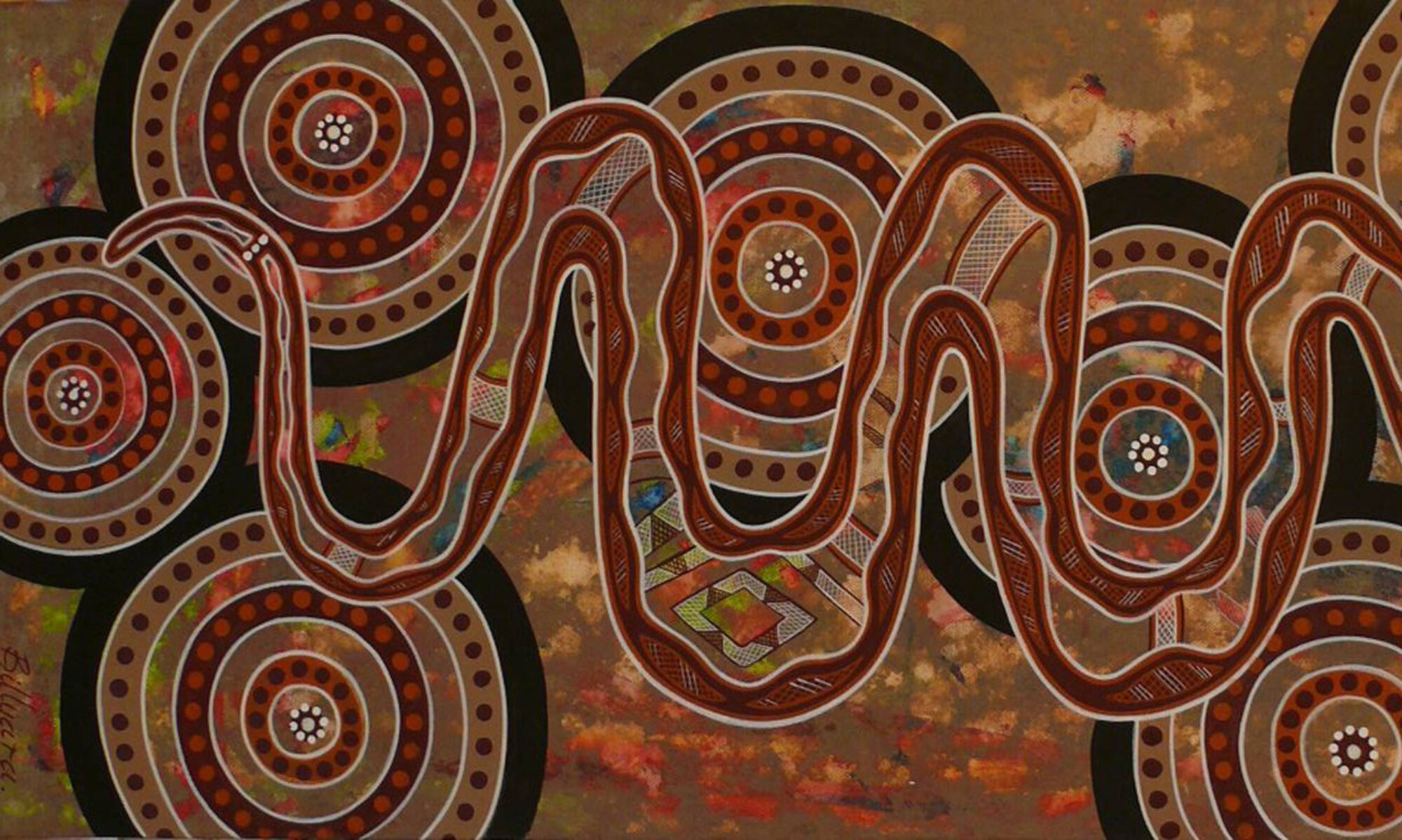Physical Device
Overall, we think we could have changed the design of the physical device if we had have had access to the Maker Space. For example, we likely would have used 3D printing or laser-cutting to print the external shell of the product. However, there were also benefits which came from the constraint of not having access to the tools of the Maker Space. We were able to design a low cost solution that did not require access to specialty equipment. Full credit needs to go to Myrna for her incredible resourcefulness in achieving such a great-looking prototype without access to this technology.
Visualise the back-end
One issue we encountered as the Demo Day drew closer was that we realised we did not know how to visualise the thinking we put into the back-end work of SMARC and how it would sync up with collection services and recyclers. While it was great to have API code on hand to show people, this did not have much impact – particularly with people not familiar with code. The best option would have been to explore this through story-telling. We had been hoping Newcast would assist us with some simple animations, but ultimately this was not possible. If we had our time again, we would have spent more time creating our own animation to demonstrate the in-depth thinking and design we had done in this area.
Consider doing a video earlier
One of the most valuable aspects of completing the video was that it forced us to think about the narrative we wanted to present for the CPS. This was not something we had considered in any great detail prior to this. As a result we felt pressed for time trying to think of a compelling and simple means of communicating the various ways in which SMARC contributes to a more effective e-waste system. The reason being is that it is actually quite a complex idea to communicate due to the many different players, the context of the Australian recycling legislation which heavily shapes the system and the complexity of the e-waste recycling system generally. Going through the process of creating the video helped us sharpen exactly what the most important features of the CPS were. It would have been helpful to have this perspective in the build process and might have assisted us to focus on key aspects of the prototype.
Software
The interface software that we use was Marvel App and designed with Canva. In the future, we would use a fully functional website that can have better features to improve the user experience.
Location
Definitely we all would prefer to be in the same location and not stuck in the pandemic lockdown so we all can work on together (in person). We can access the support from the staff and the tools/equipment from the studio.
UX design
If we have time and not in the pandemic situation, we would like to run some testing with the users and/or our industry partner in the future, to gather their feedback so we can refine and improve our prototype design, features and functions (beta-testing as Memunat suggested). And progressively iterate more complex versions of the prototype.
Longer Ideation
As we’ve acknowledged previously, we did take a particularly long time to decide on an idea. However, ultimately this was beneficial. It was really valuable to explore a number of spaces and develop our understanding of ‘critical infrastructure’. I particularly appreciated taking the time to scrutinize each idea from the perspective of whether or not cybernetic technology offered an appropriate solution to the problem at hand. Having a firm grounding for our problem statement helped us in the design of the CPS. In terms of doing things differently, the key learning is not to worry about spending slightly more time on ideating because it is ultimately useful in helping us advance our design process faster.

